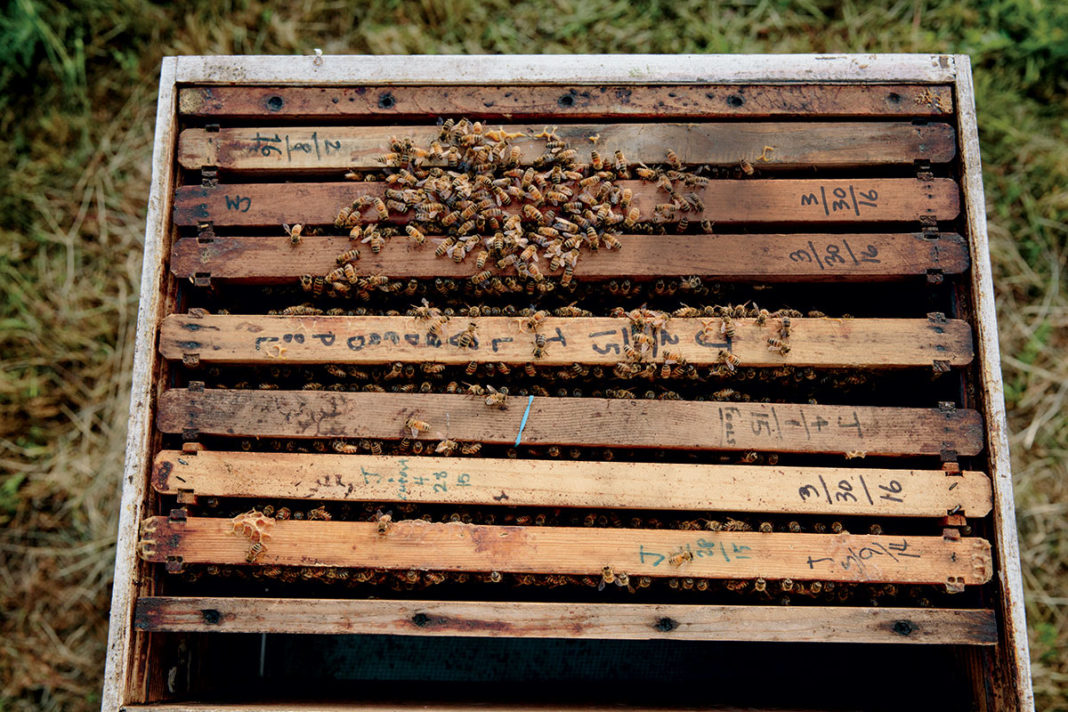Beekeeping doesn’t require huge amounts of money, time or space, and it can be done just about any place where flowers bloom. If like to drizzle amber honey on your morning toast or into green tea, you might want to give beekeeping—or apiculture—a try.To be a good bee keeper you should have the following requirements;
1. Land and Building used in beekeeping.
Land-Beekeepers own, rent, or find free locations where their bees can find food while not being a nuisance to humans or livestock. You must abide by beekeeping regulations, including restrictions or prohibitions on beekeeping, and colony registration (by county in California). In some areas, the hives are left permanently. In other areas, suitable permanent locations do not exist and the apiaries are relocated six or more times a year.
Building-You will need a place for storing and repairing equipment, mixing bee feed and antibiotic treatments, extracting and handling honey. Some people use a garage or tool shed, but a larger facility really is required. Many beekeepers rent buildings. Others build a “honey house.” Before building a facility, visit other beekeepers to note features that make handling of equipment and honey efficient.
2. Equipment and Supplies.
Vehicles-You’ll need vehicles for hauling equipment or bees from one location to another. Flat bed trucks are used most often, equipped with a bee boom, or pulling a forklift so hives do not have to be lifted by hand. Some beekeepers use a station wagon or pickup truck.
Hives–Bee hives are stacks of four-sided, bottomless boxes that hold wooden frames upon which the bees build their combs. Each hive has a bottom board and cover. The bees glue the small cracks between the components together with “bee glue” (propolis). The frames rest on ledges cut into the top of the boxes. Sheets of embossed beeswax (foundation) are attached in the frames to provide the bees with the midribs for their new combs. The bees extend the foundation wax and add more to it and draw comb cells out of each side of the sheet. The comb cells are used for food storage, clustering, raising baby bees, and air conditioning
Queen excluders – which are wire or plastic screens with a mesh size that allows worker bees to pass through while preventing the passage of the queen (or drones)
Fume boards- are similar to covers, with an extra rim that provides a space for an absorbent pad saturated with liquid bee repellent, the fumes of which drive bees from the boxes
Feeders – are usually gallon cans with small holes in the cap that fit into a hole drilled into the hive cover; or a plastic or waxed wooden device that has similar dimensions to drawn combs and hangs with them and into which syrup is poured.
Entrance reducers – wooden or plastic blocks that partially close hive entrances to prevent robbing or entrance of mice.
Robbing screens- to allow continuous ventilation of the hive while prohibiting entry of robbing bees.
Bee brush- long-bristled, soft brush to sweep bees from combs.
Veil and hat-to prevent stings to the face if the smoke fails to calm the bees while a hive tool is being used to break apart the propolis bonds between the components in the hive.
Smoker and hive tool -which are essentials that are used daily.
White coveralls-to protect clothing and prevent stings.
3.Sources of bees.
Purchase a “package” of bulk bees containing a queen to install in an empty hive.
Purchase functioning colonies, hives and all, from another beekeeper.
Purchase a nuc–a queen, some workers, brood, and food can be purchased on three to five frames for installation in an empty hive.
Catch a swarm. Police and fire departments and animal control agencies will appreciate you, but swarms come with problems:
1) they may swarm again,
2) they may carry diseases or parasites, and
3) they may not be as gentle as breeder stocks. Stocks can be changed by replacing the old queen with a new one.
4.Income
Costs to start a beekeeping business are not high. There are quite a few ways to make money from bees. Most beekeepers rely on honey and beeswax production and commercial crop pollination.
Honey-production depends on the availability of nectar producing plants. Production is lowest in areas that receive little rain. The color and flavor of honeys vary with the origin of the nectar. Lighter colored, milder flavored “table” honeys sell for a few.

